The Art Deco Lighter, from Smoking's Era of Toxic Glamor
The Art Deco style of the 1920s and '30s pervaded design, from the Chrysler Building in Manhattan to the Grand Rex in Paris, but it wasn't always on such a large scale.

The Art Deco style of the 1920s and ’30s pervaded design, from the Chrysler Building in Manhattan to the Grand Rex in Paris, but it wasn’t always on such a large scale. With increased mass production, everyday objects were also being marketed in the Machine Age aesthetic, including jewelry, watches, pocket mirrors, cameras, razors, and lamps.
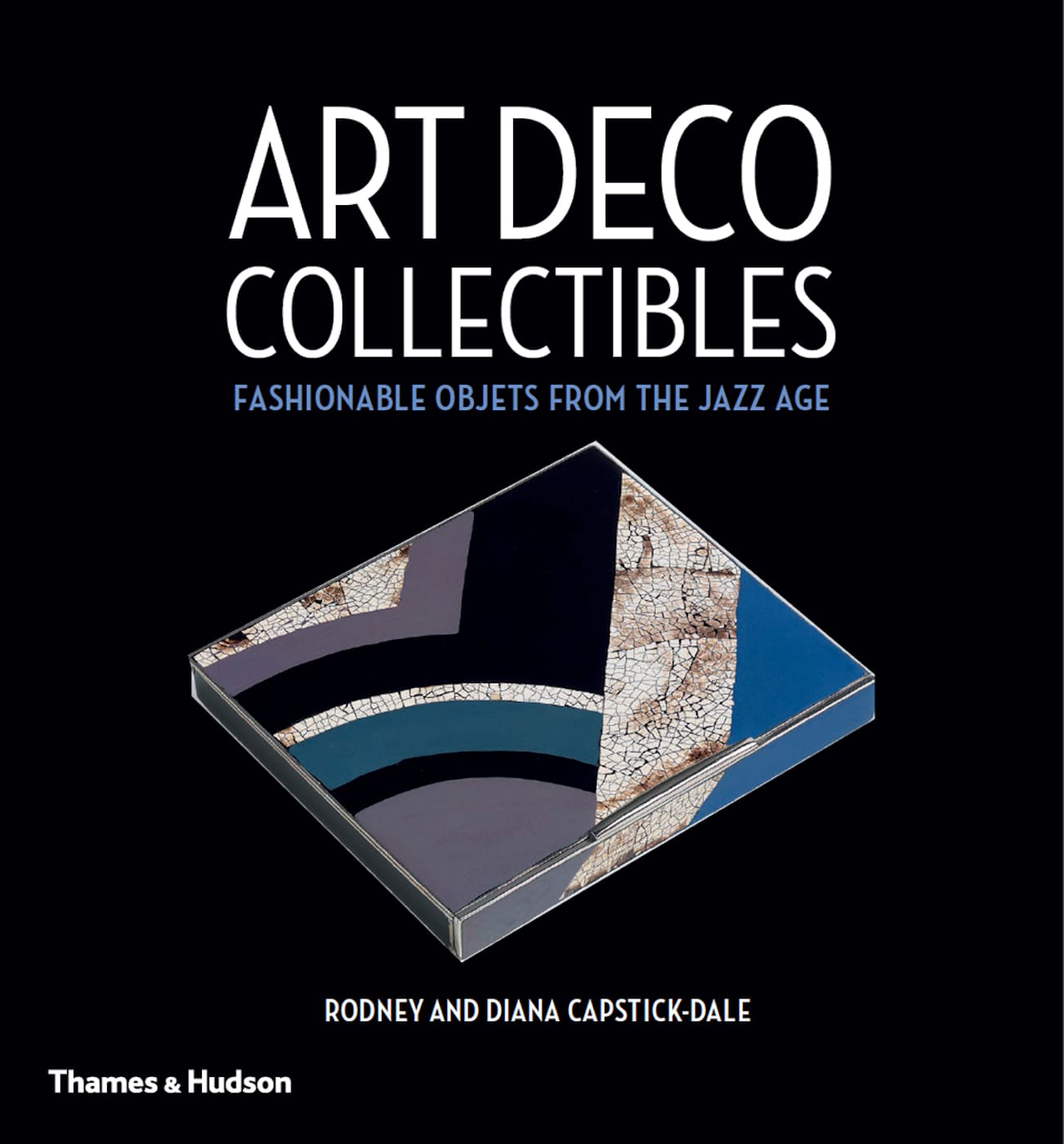
And then there were the lighters and cigarette cases to accessorize the newly fashionable toxic pastime of smoking. Before the Jazz Age, women smoking in public were vilified, but gradually the practice became acceptable, especially with advertising promoting it as glamorous. To complete the affectation, men and women could buy cases decorated with geometric designs in enamel, eggshell, and lacquer, as well as portable lighters, a relatively recent innovation.
Art Deco Collectibles: Fashionable Objects from the Jazz Age by collectors Rodney and Diana Capstick-Dale, recently released by Thames & Hudson, devotes a whole chapter in its visual exploration of Art Deco design to the cases and lighters, as on this small scale, the graphic pop of the era was made accessible beyond the luxury class.
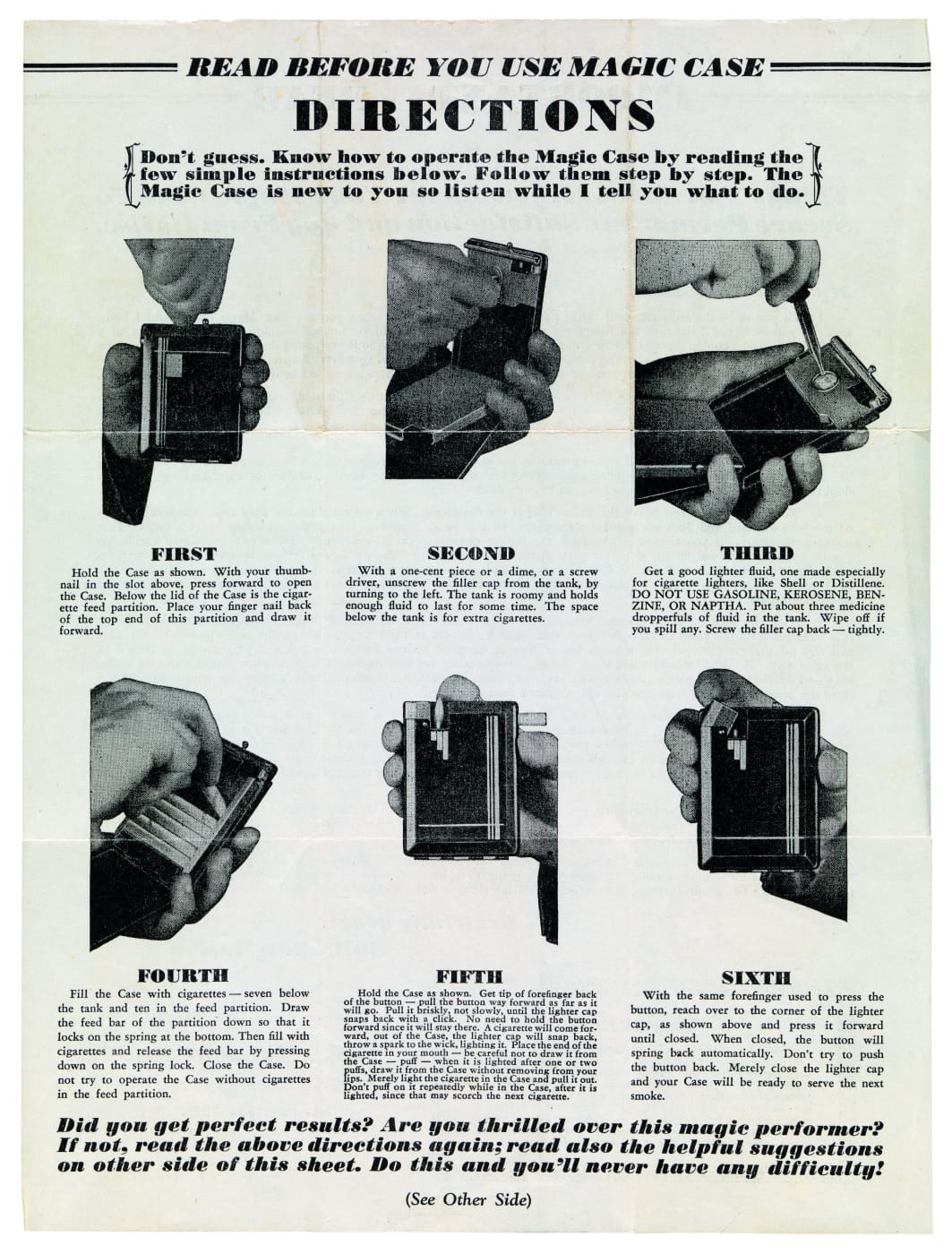
“As the demand for smoking accessories grew, the manufacturers, many of whom had previously produced a variety of ‘fancy goods,’ began making cigarette cases and lighters, as well as ladies’ compacts and other cosmetics accessories,” the Capstick-Dales write. They add that before the 1920s and ’30s, “men’s jewelry had previously been limited to watches, cufflinks, and tie pins, and there was soon a great demand for the newly essential smoking accoutrements.”
Art Deco Collectibles has over 350 illustrations, demonstrating the breadth of the functional art being made in Europe and the United States. The Wall Street Crash of 1929 put a damper on some of the more lavish goods, yet through the new austerity emerged streamlining, which industrial designers like Raymond Loewy experimented with in middle class-aimed mass production, whether a sewing machine or a barbecue grill.
The authors don’t get into much of the social history that caused the Art Deco lighter to be such a popular accessory, but the sharp images in the book show the allure of these objects. Back in 2014 the Harvey Cushing/John Hay Whitney Medical Library at Yale University held an exhibition called Selling Smoke (which you can still explore online) about the shift of advertising over the 20th century. Around the time you could buy a lighter with as many tiered angles as Rockefeller Center, ads were featuring doctors giving their professional approval, or a puffing penguin chirping “Save Your Throat!” while tossing a life preserver. It wasn’t until the 1960s that the anti-smoking movement really took off, but in these Art Deco artifacts you can get an idea of the mystique being promoted in the early decades of the 20th century.

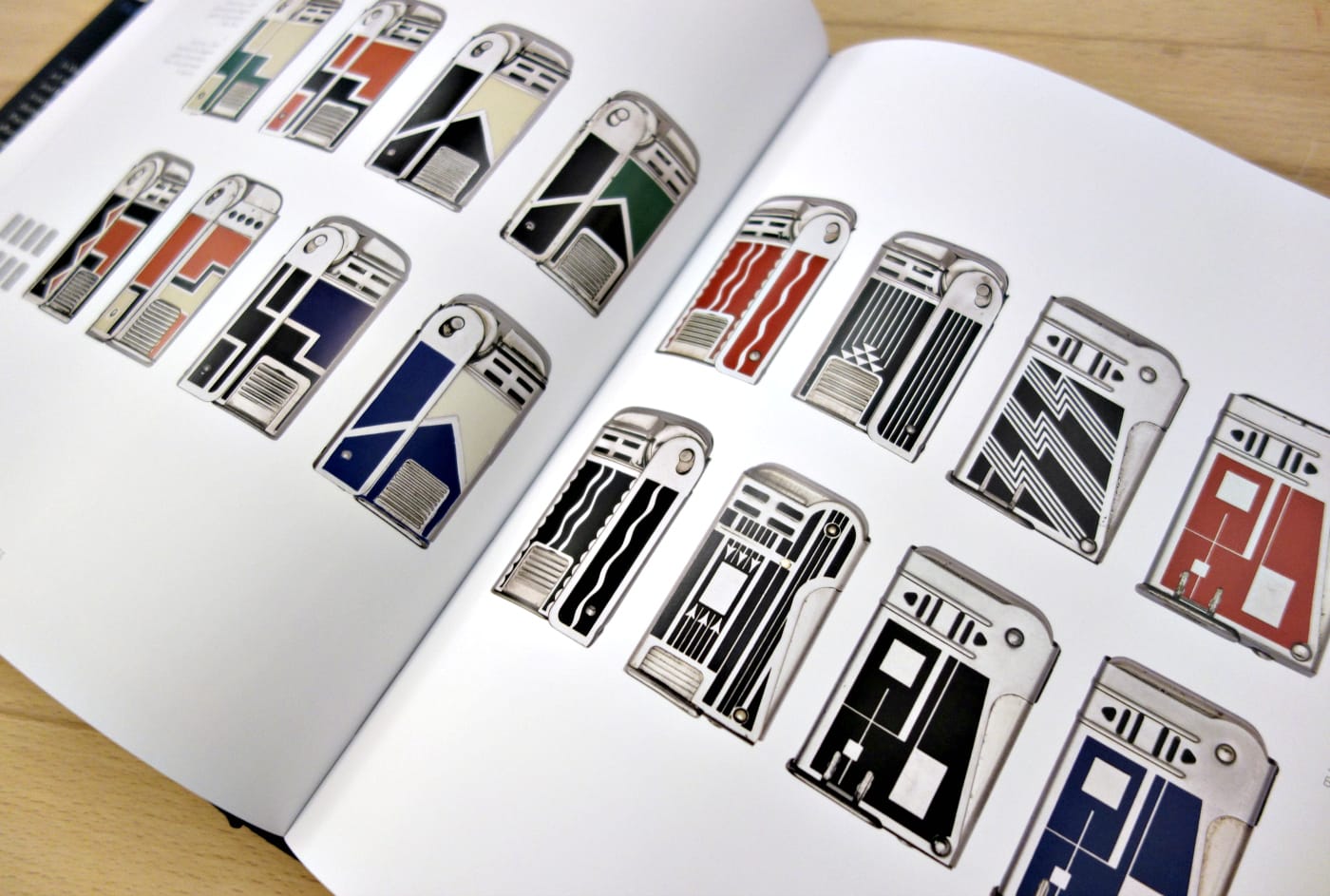

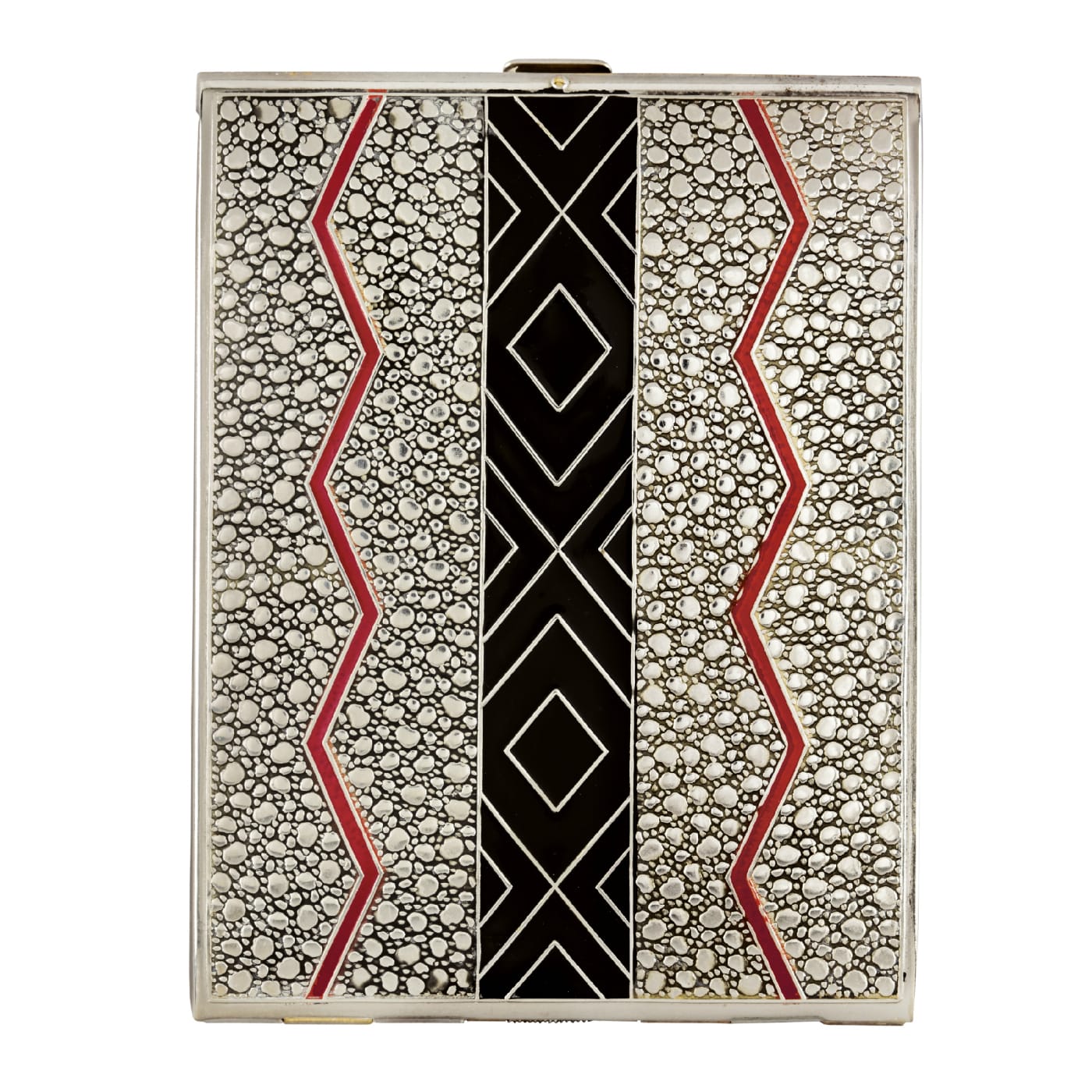

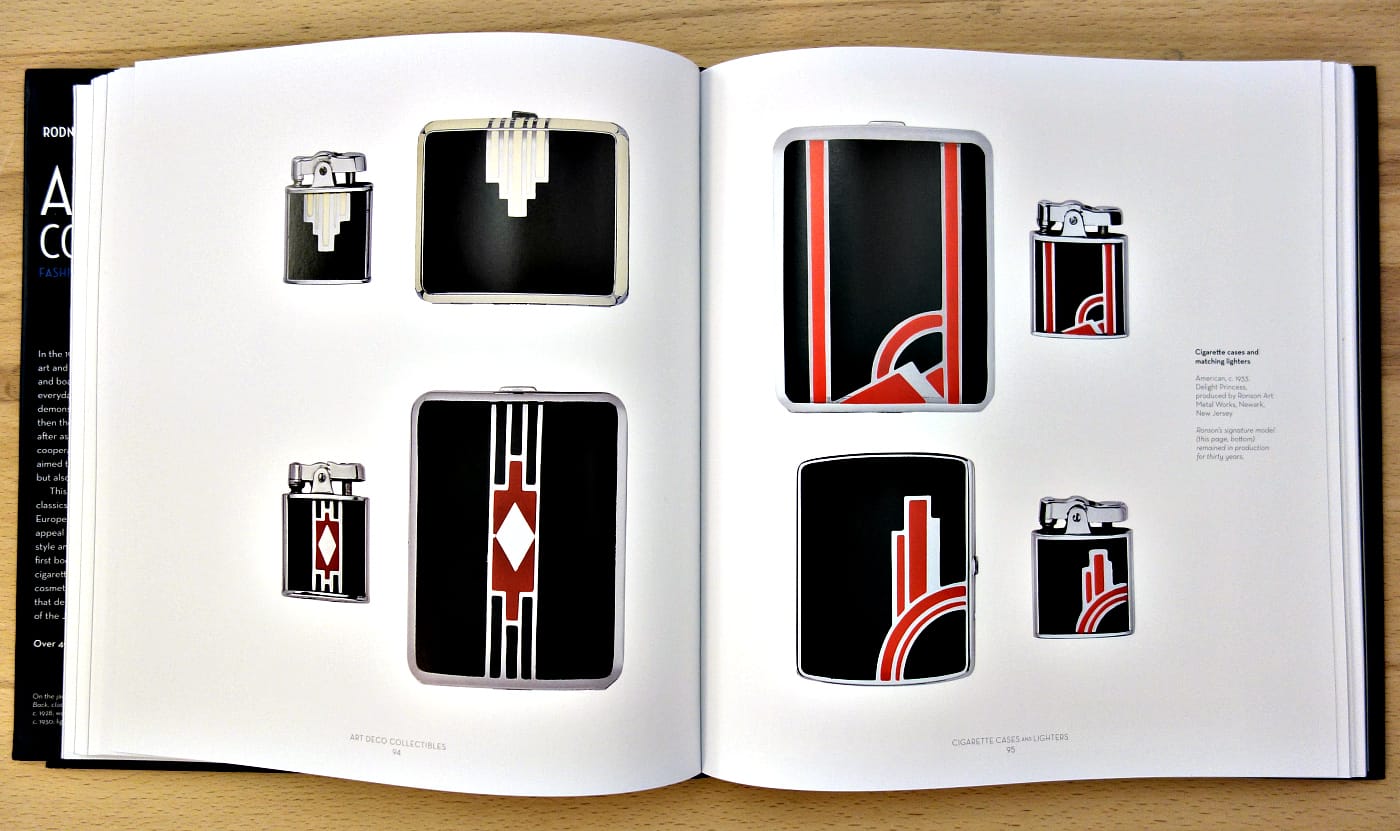
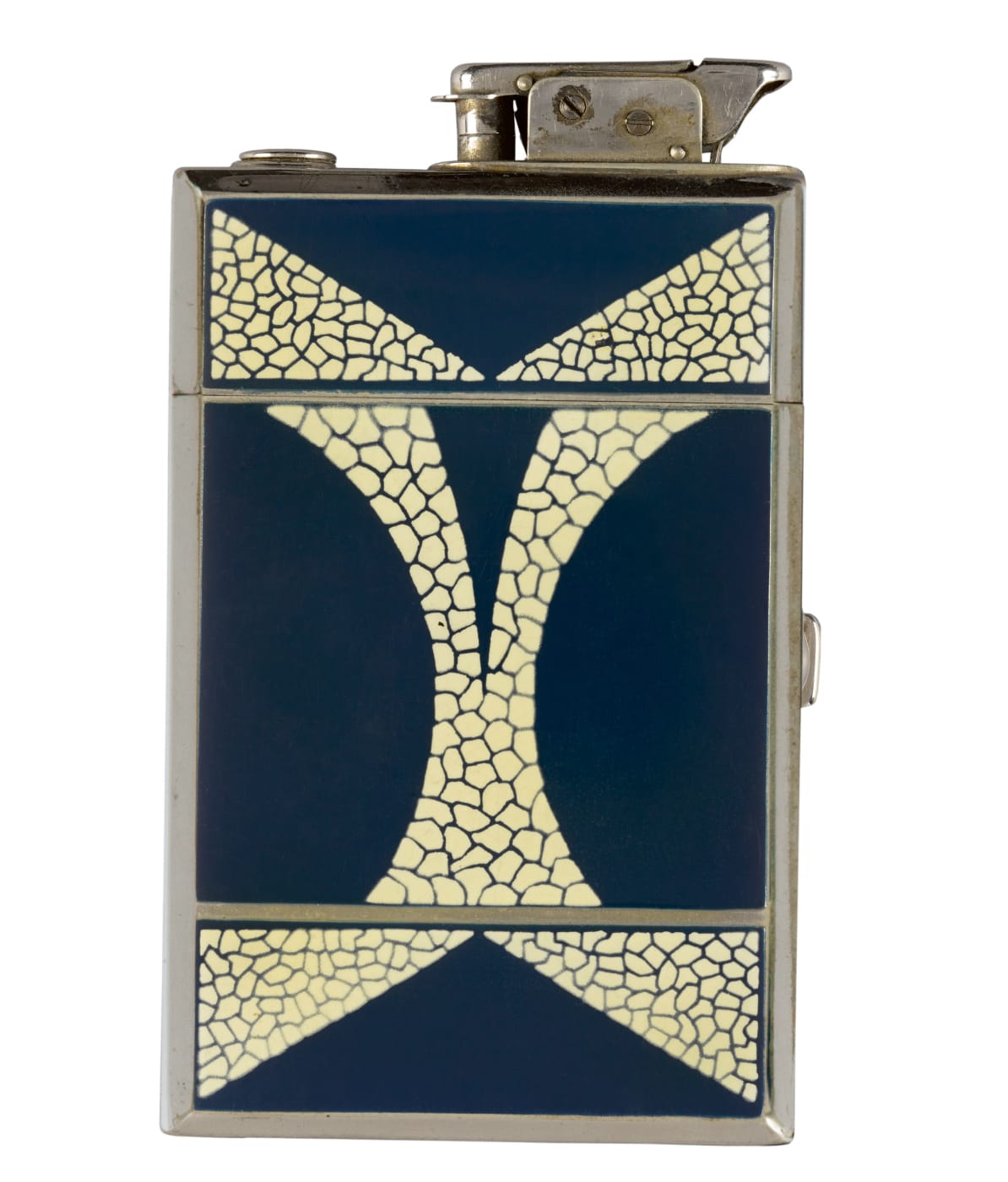
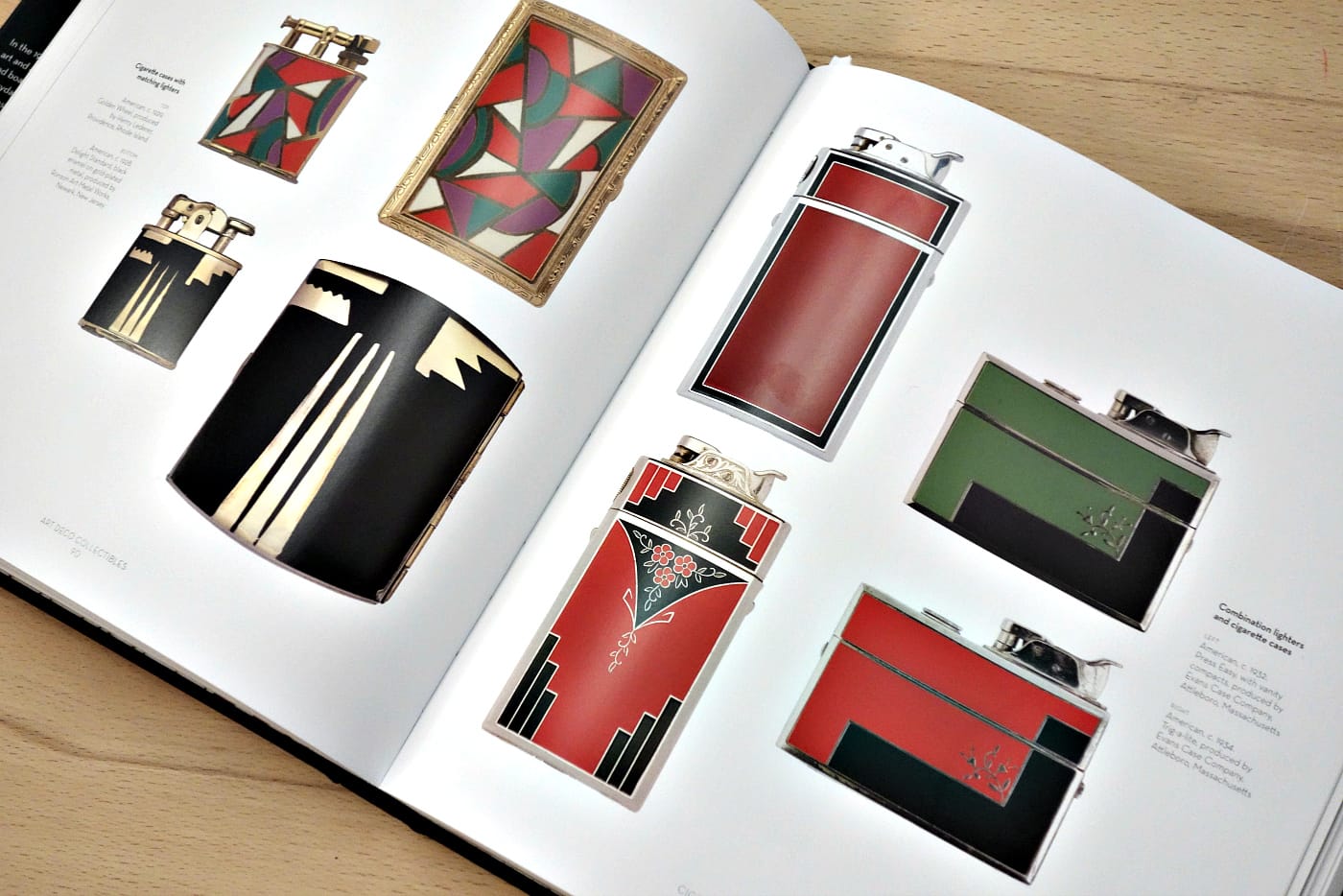
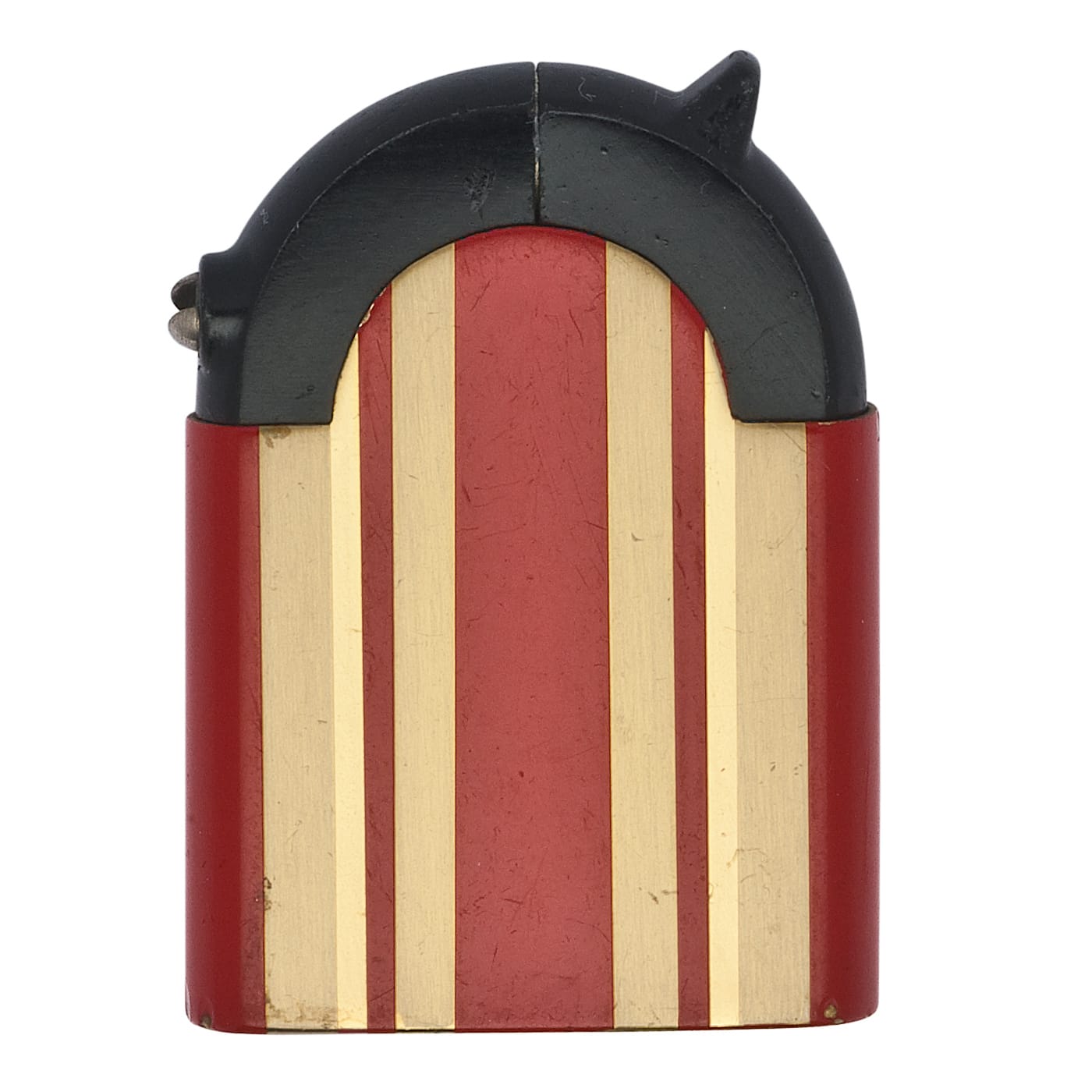
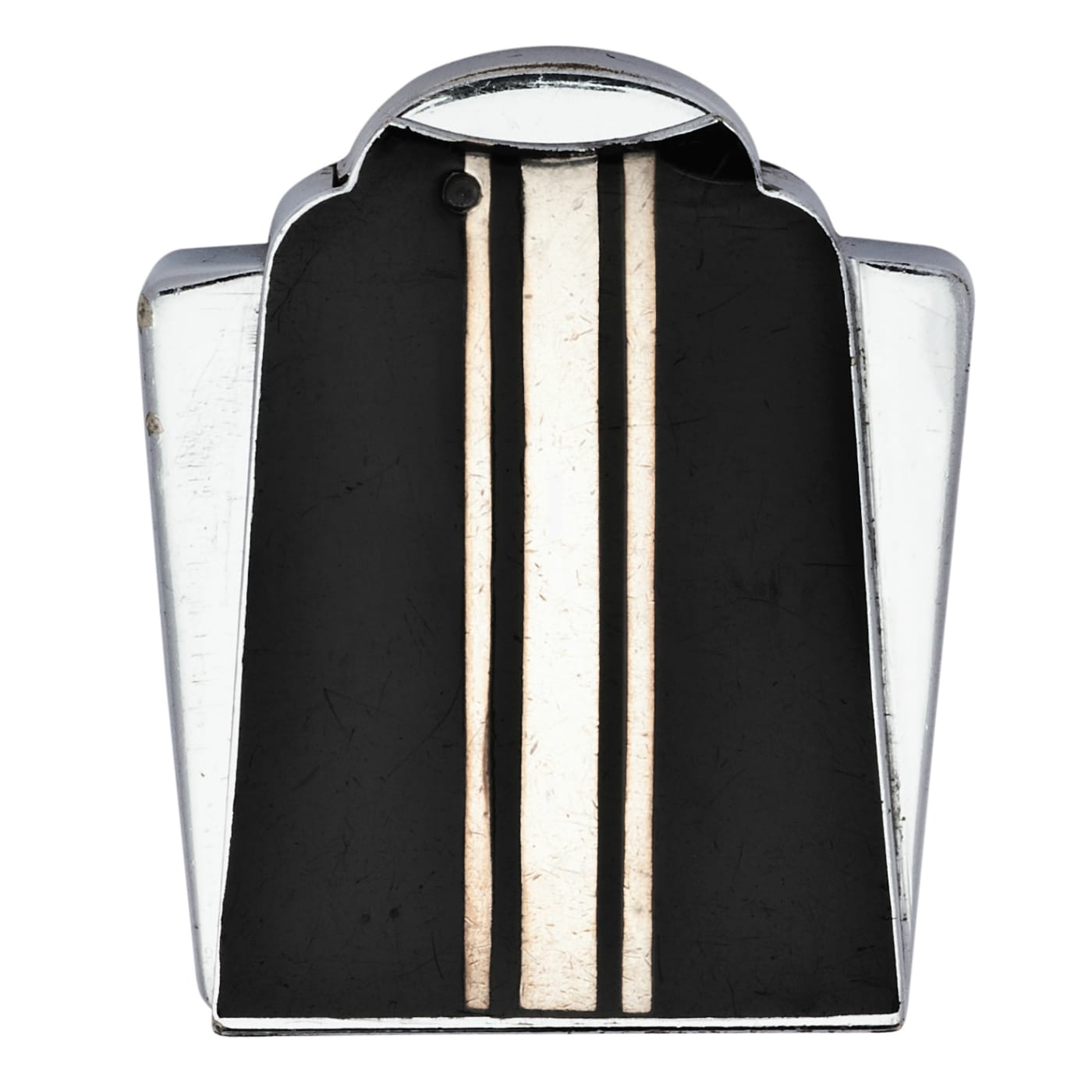
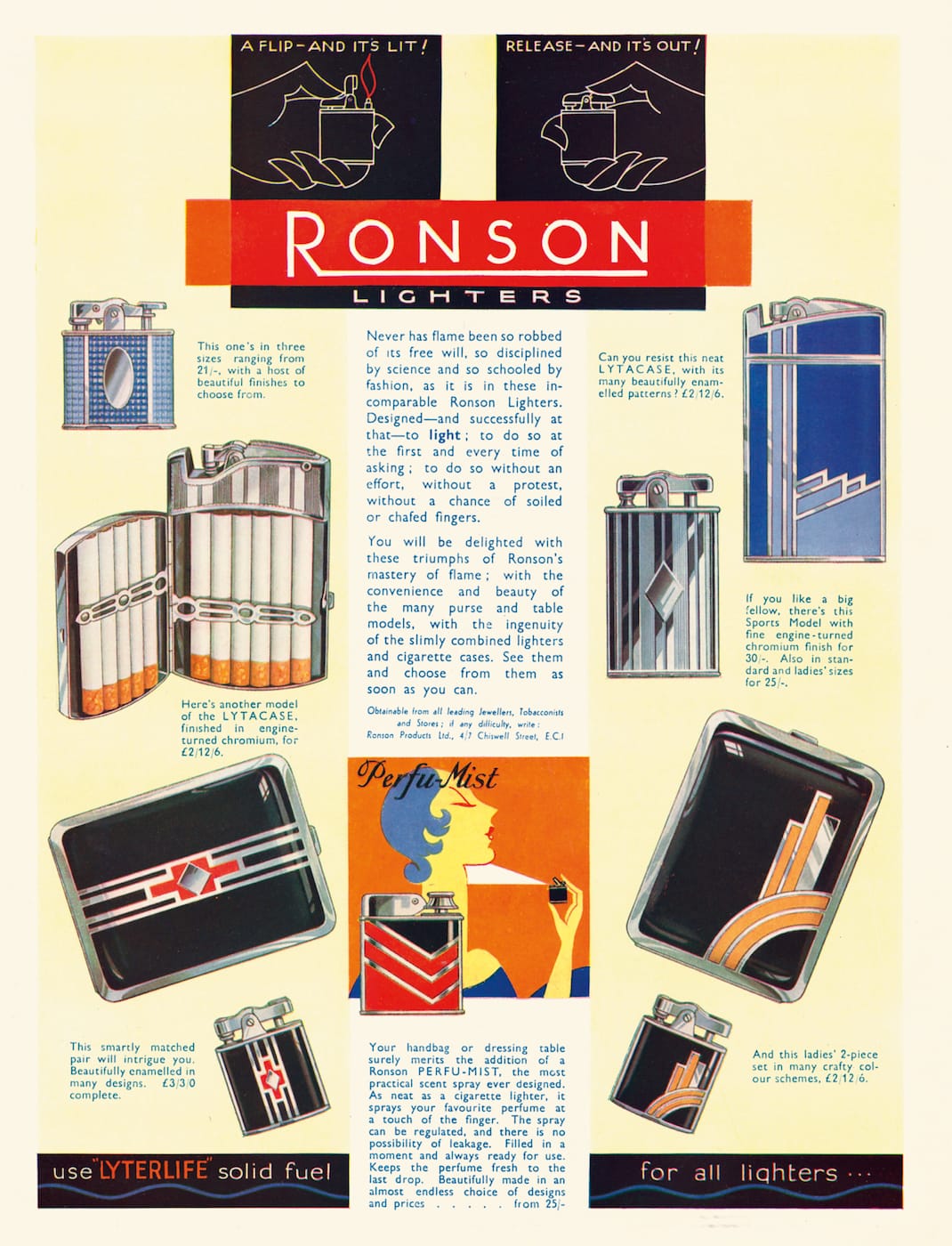
Art Deco Collectibles: Fashionable Objets from the Jazz Age by Rodney and Diana Capstick-Dale is out now from Thames & Hudson.





